Paolo Pettigiani Captures the Magic of Peru and Bolivia in Infrared
All images by Paolo Pettigiani. Used with permission. For more stories like this, subscribe to The Phoblographer.
“In Perù, outside cities, it’s normal to find alpacas along the streets,” Paolo Pettigiani tells us. Two summers ago, he was driving to Patapampa, believed to be the highest paved pass in the Americas, when he turned a corner to find dozens of fluffy, teddy bear-like alpacas, enjoying a drink by a river. He stopped to take pictures as the curious animals made their way across the landscape, quenching their thirst.
Inspired by the work of Richard Mosse, who famously used Kodak Aerochrome (a now-discontinued infrared film), Pettigiani is an infrared photographer. Instead of film, he uses a digital camera with a filter that blocks wavelengths under 590 nanometers, turning green spaces to blushing pinks and reds. Using this method, he transformed his serendipitous encounter with the alpacas into a scene from a candy-coated fantasy.

Alpacas are gentle, social animals with strong family groups. Sometimes, they even make humming noises when they are content and at ease. When Pettigiani found this group, they were calm and peaceful, with barely any people in sight. Combined with the artist’s signature color palette, this tucked-away landscape became strange and unfamiliar, belonging not to us but to the animals.
Beyond representing a literal place, the series Alpaca River emerges as a vignette from a distant memory, hearkening back to a time when the wild vicuña, the ancestors of the alpaca, made this land their home. We asked Pettigiani about his passion for infrared photography and this once-in-a-lifetime trip through Perù and Bolivia, which brought him from the road to Patapampa all the way to the surreal vistas of the world’s largest salt flat.


Phoblographer: How did you first get into photography?
Paolo Pettigiani: I started taking pictures for fun during a trip with my family in Argentina. I was ten years old, and I used an old analogic camera. Photography became a passion and later, during university, started to become a job as well.
My hometown is Avigliana in the Piedmont region, where I experimented with the first [infrared] images. Now I live in Torino, but every weekend I escape to the mountains. The Alpes are very close to Torino. Since I was a child, I’ve loved to spend time in nature. I do some hiking and climbing, and in winter, I am also a snowboard instructor.
Phoblographer: Why is it important to you to photograph wild, natural places in such an unexpected way?
Paolo Pettigiani: All my artworks are part of the Infraland™ project. It is a graphic and visual exploration of nature that aims to highlight the beauty that surrounds us and that is too often forgotten. This project started in 2015 with my NYC series. I fell in love with Central Park at first sight: its majesty and the contrast of nature [with] the famous Big Apple skyscrapers. I decided to create this new personal project to highlight this contrast using infrared photography, inviting viewers into a new, unseen world. From there, I started to explore contrast within nature, with the aim to discover hidden places.
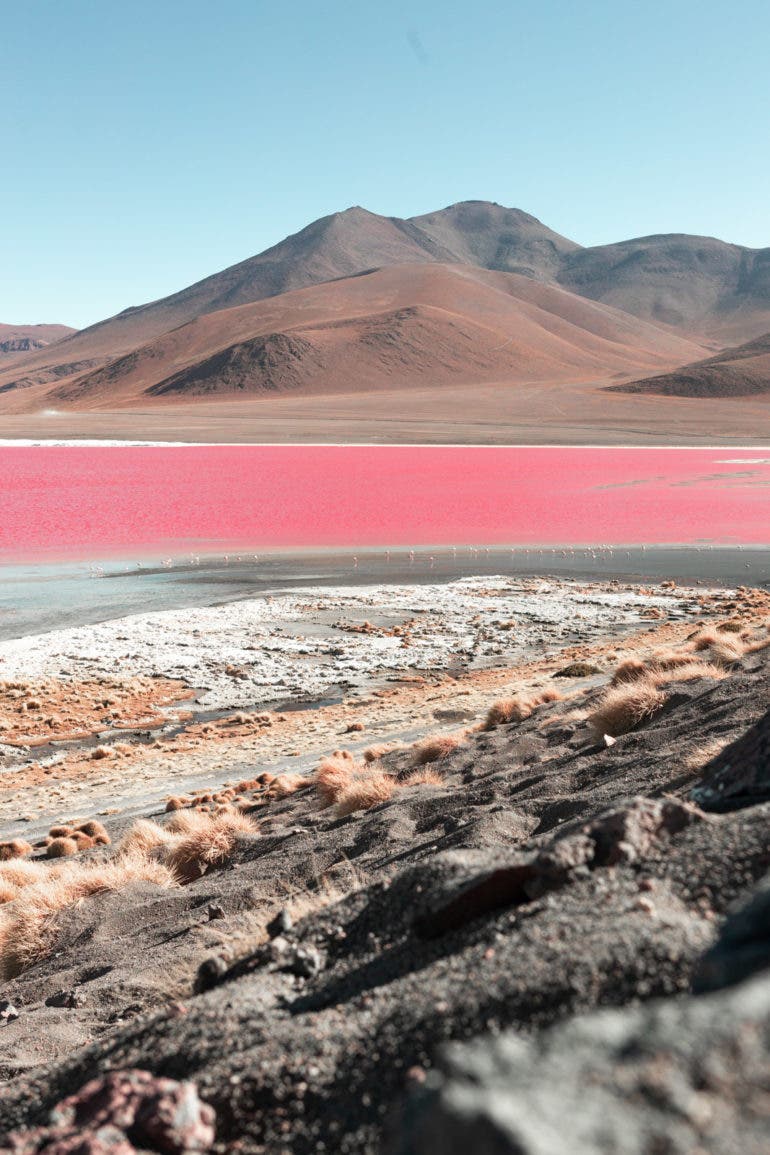

Phoblographer: What gear do you use?
Paolo Pettigiani: I use a camera [Canon EOS R, converted to record the full color spectrum] and a 590nm (nanometers) filter over the lens. [I use] Canon 35mm f1.4, Canon 80mm f1.2, Canon 17-40mm f4, Canon 24-70mm f2.8, and Canon 70-300mm f4-5.6 [lenses].
Phoblographer: What about the landscapes of Perù made them ideal subjects for your infrared work?
Paolo Pettigiani: Andes landscapes are perfect for infrared photography because there are rocks and mountains mixed with plants and bushes. With the infrared technique, elements with chlorophyll, such as grass, leaves, and trees, strongly reflect this infrared light, invisible to the human eye. These mountains, being dry and without organic matter, turn white in infrared photography.

Phoblographer: What was it like to explore this landscape and its surrounding areas?
Paolo Pettigiani: I was there in August–winter in Perù. All the places are above 3.000mt in altitude, but you don’t feel the altitude [as you would] at 3.000 mt in Europe. In the day with the sun, it’s warm; in the evening and in the night, it becomes a bit colder, similar to an Italian winter.
I spent two weeks traveling around Perù and Bolivia. I slept in hostels and B&Bs [and ate] a lot of delicious street food. In the cities, people cook in their homes with the windows open or directly in the street. In the cities, like Lima or Cuzco, the people are used to dealing with tourists, but outside in the countryside, it was amazing spending some time with locals drinking maté together.
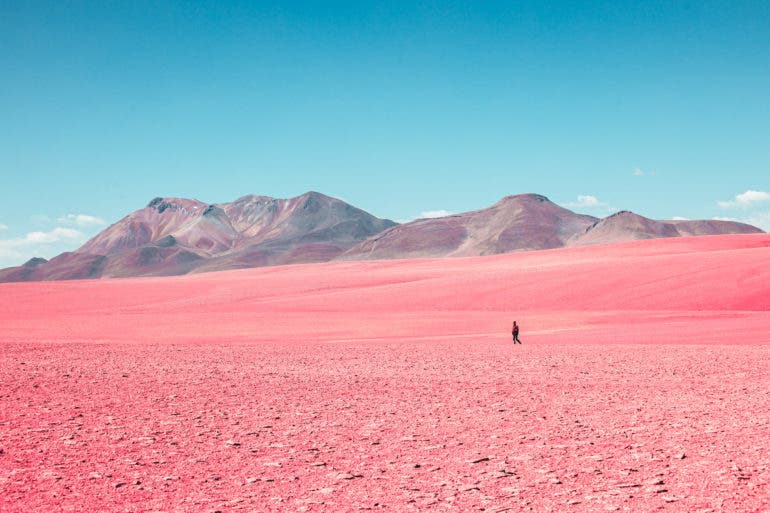
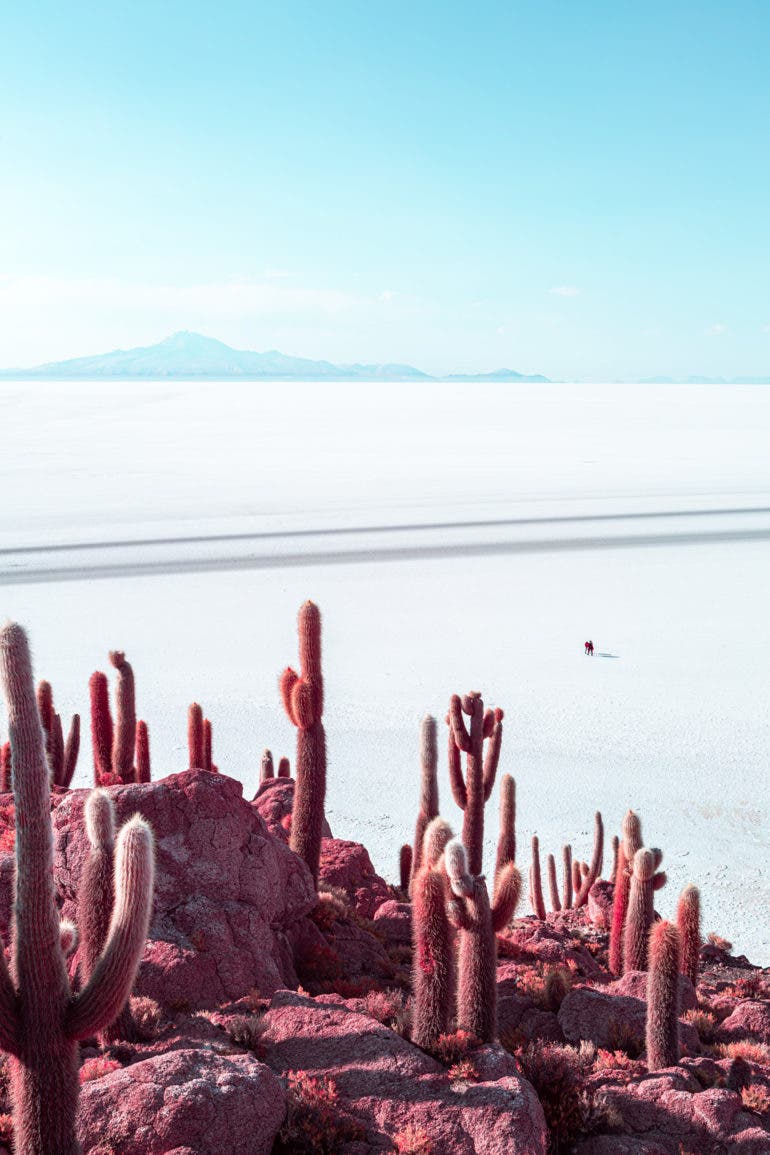
Phoblographer: What is your most powerful memory from your trip through Perù and Bolivia?
Paolo Pettigiani: The experience in the Salar de Uyuni in Bolivia was unique. We slept a night in a salt hotel in the middle of the Salar. I spent hours outside taking pictures under the stars. Being outside cities, without artificial lights, gives you a sky full of stars.
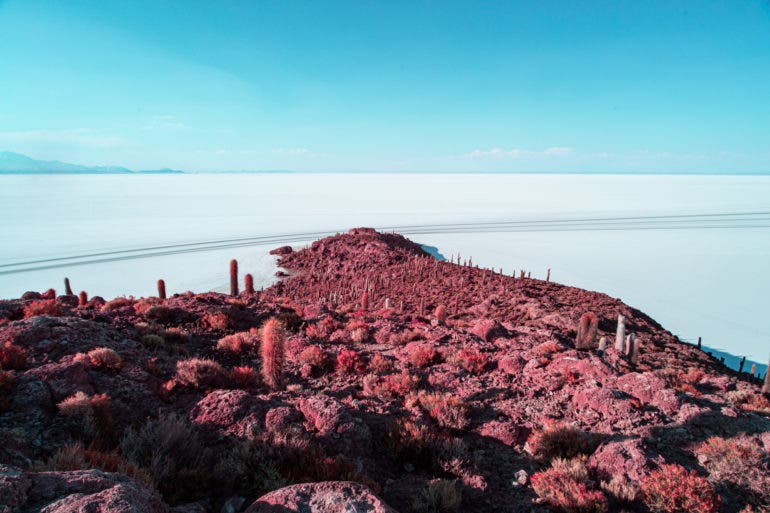

Phoblographer: Have you missed traveling during the pandemic? Where is the first place you plan to visit once you hit the road again?
Paolo Pettigiani: I miss travel a lot. I am planning a road trip in France in the next weeks, and then, if COVID restrictions will allow, I am planning an adventure over the ocean in wintertime. Stay tuned for future projects.
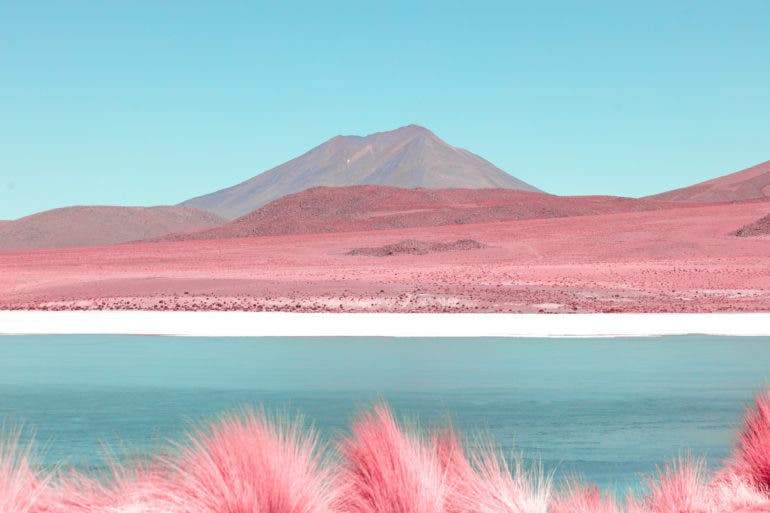
You can follow Paolo Pettigiani’s work through his website. Visit him on Instagram at paolopettigiani and on Behance at PaoloPettigiani.